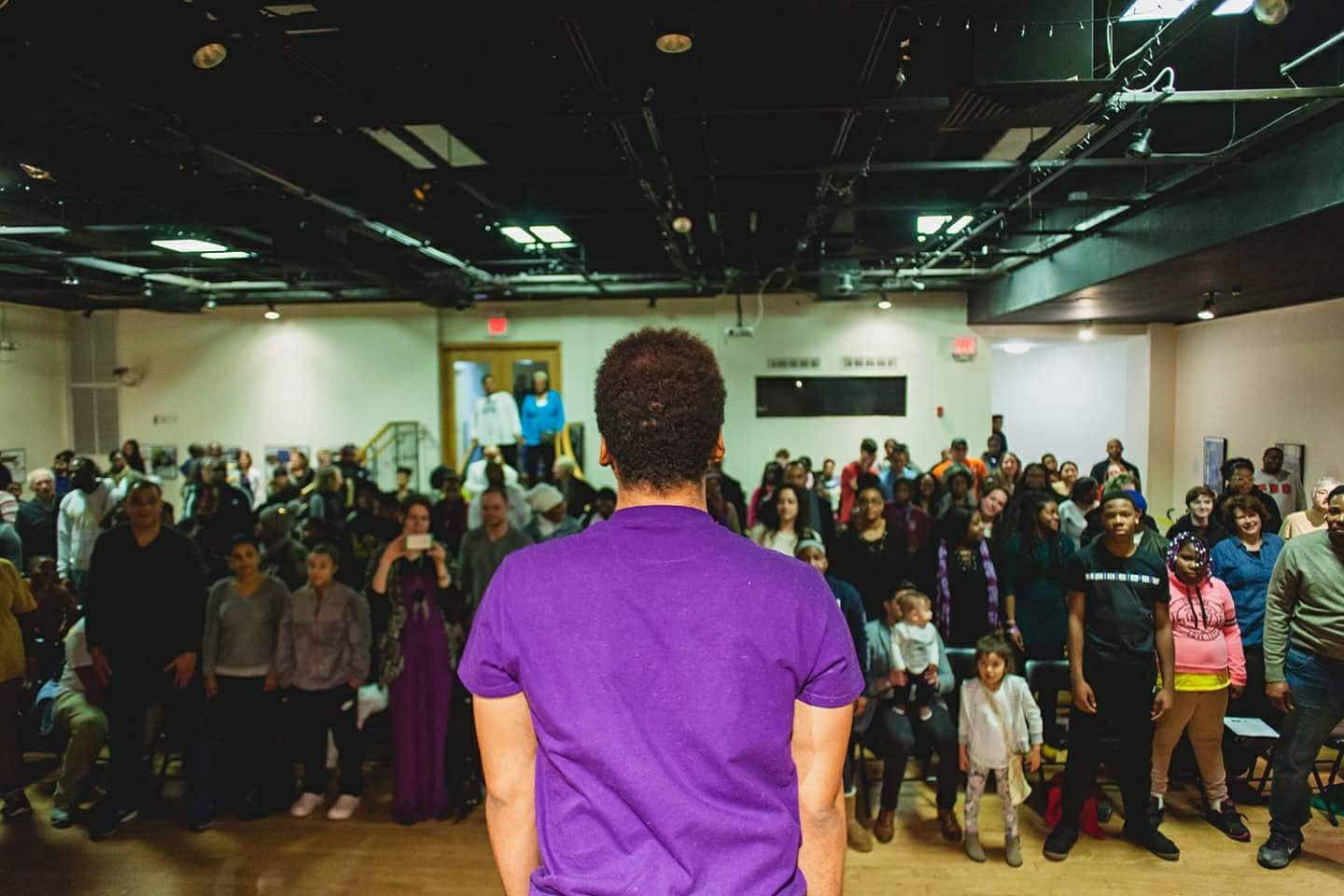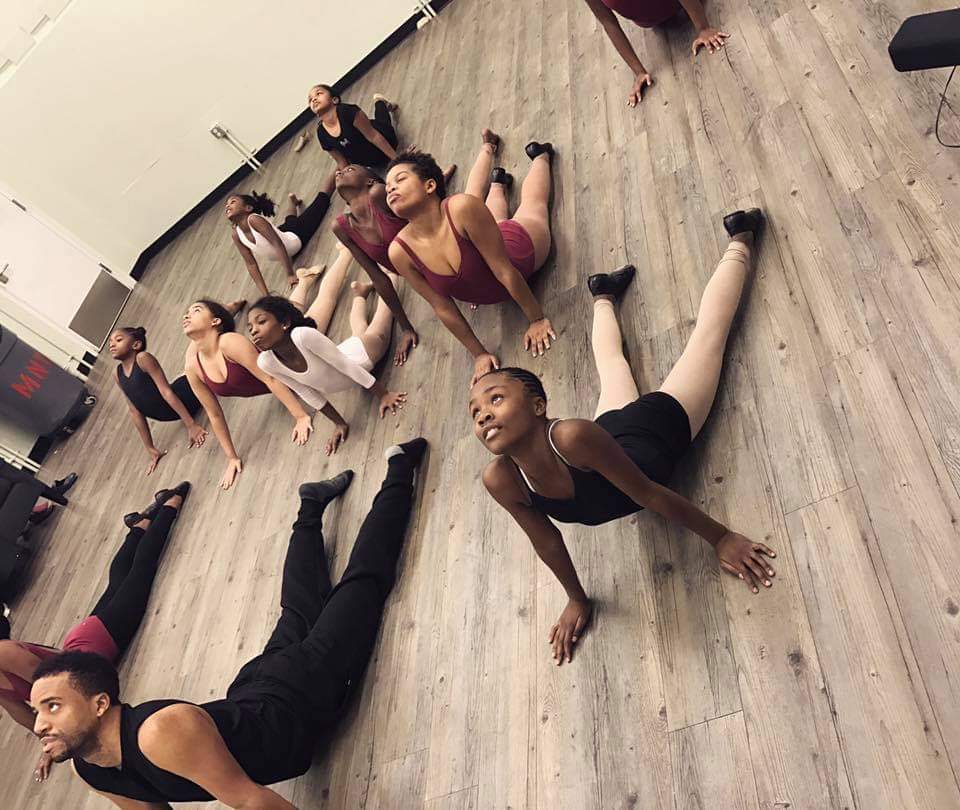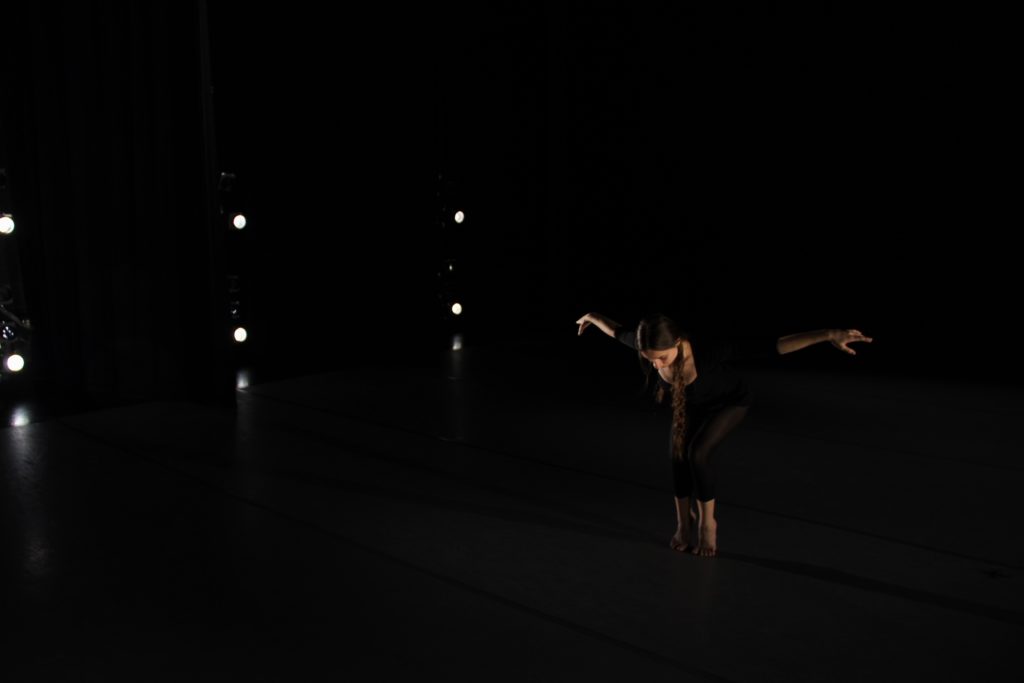
If there’s one thing dancers face a lot of, it’s rejection. Whether it’s competition loss, failed auditions or vying for those highly coveted front formation spots, dancers are constantly exposed to opportunities for disappointment. In fact, dance educators do much more than teach movement—they’re often counselors who support their students through some pretty upsetting situations.
To set your students up for success both in and out of the studio, it’s just as important to help them build mental strength and wellness as it is physical strength. “Mental resilience is the process of finding healthy ways to adapt to adversity or distress; it’s really about the bounce back,” says Dr. Veronica Womack, a research scientist at Northwestern University who’s also a mindfulness instructor at Governors State University. Use these tips to teach your students how to recover from rejection and disappointment.
Be transparent about the challenges they’ll face.
“It’s important to teach dancers that rejection is a part of this industry and life,” says Roger Lee, who’s been a dance educator for the past 14 years, with teaching credits that include Joffrey Ballet School, Broadway Dance Center and The Rock School for Dance Education. Recalling the surprise he felt about the disappointment he experienced early in his career, he recommends instructors be transparent about the realities of the industry (without scaring their students out of pursuing these opportunities altogether).
Try talking about your own stories of disappointment or rejection during relevant moments in class, or bringing in guest artists who can share the ups and downs of getting to where they are today. Set honest expectations with your students: Express your belief in them, but prepare them for the reality that they may not land a summer intensive or place in every competition, for example, so they’re not caught off guard if it happens. “You have to have that conversation with students,” Lee says. “I felt shocked because no one warned me.”

Help them overcome the fear of failure.
Lee recommends developing class activities that build your students’ confidence in their ability to handle difficult situations, and bounce back from failure. “Put students in situations where they’re forced to fail, then reflect on the experience,” he says. For instance, he may teach a speedy combo to students who aren’t ready for that level of difficulty. From there, he facilitates peer conversations where dancers can reflect on the challenge and think of ways they could make it through it the next time.
Overcoming fear of failure involves detaching from outcomes, adds Womack, who recommends reminding students of their intrinsic wholeness. Show your students that you value them reaching their personal best more than their competition results, for example. Or, affirm how they’ve recovered quickly from a mistake more than you reprimand them for the mistake itself. “Embrace the process instead of the outcome,” Womack says.
Foster a culture where feedback is expected.
Creating an environment where receiving and giving feedback is normalized will help prepare your students for the tough conversations they may experience outside the classroom. “Feedback is a useful tool in life, and a lot of people don’t know how to do it,” says Casey Copeland, a student at Florida State University who’s in the process of earning a MA in dance, with an emphasis in dance science and mental health. She uses Liz Lerman’s Critical Response Process to facilitate peer feedback discussions in her classes. Students perform a combo, then break into small groups to ask questions and offer constructive feedback.

Help them see the bigger picture.
It’s important for dancers to know there’s life beyond failure, which Lee shares often when judging competitions like National Dance Showcase and New York State Dance Challenge. To keep them inspired, he uses real-world examples, like Destiny’s Child, who lost against their opponents on “Star Search” before becoming one of the most successful musical groups of their time, or Jennifer Hudson, who didn’t win “American Idol” but went on to win an Oscar for her performance in Dreamgirls. “It was such a small chapter in their life, and now it doesn’t matter,” he tells upset dancers.
Lead by example.
Help your dancers build mental resilience by modeling it for them. Show them what it looks like to learn from failure, perhaps by sharing how the pandemic impacted your career and how you’ve managed to sustain it through such a tough time. “Mirroring the behavior you want your students to do goes a long way in them doing it outside of the classroom,” says Copeland.




